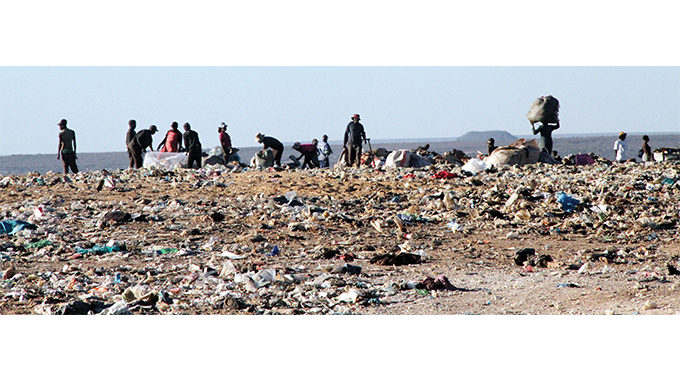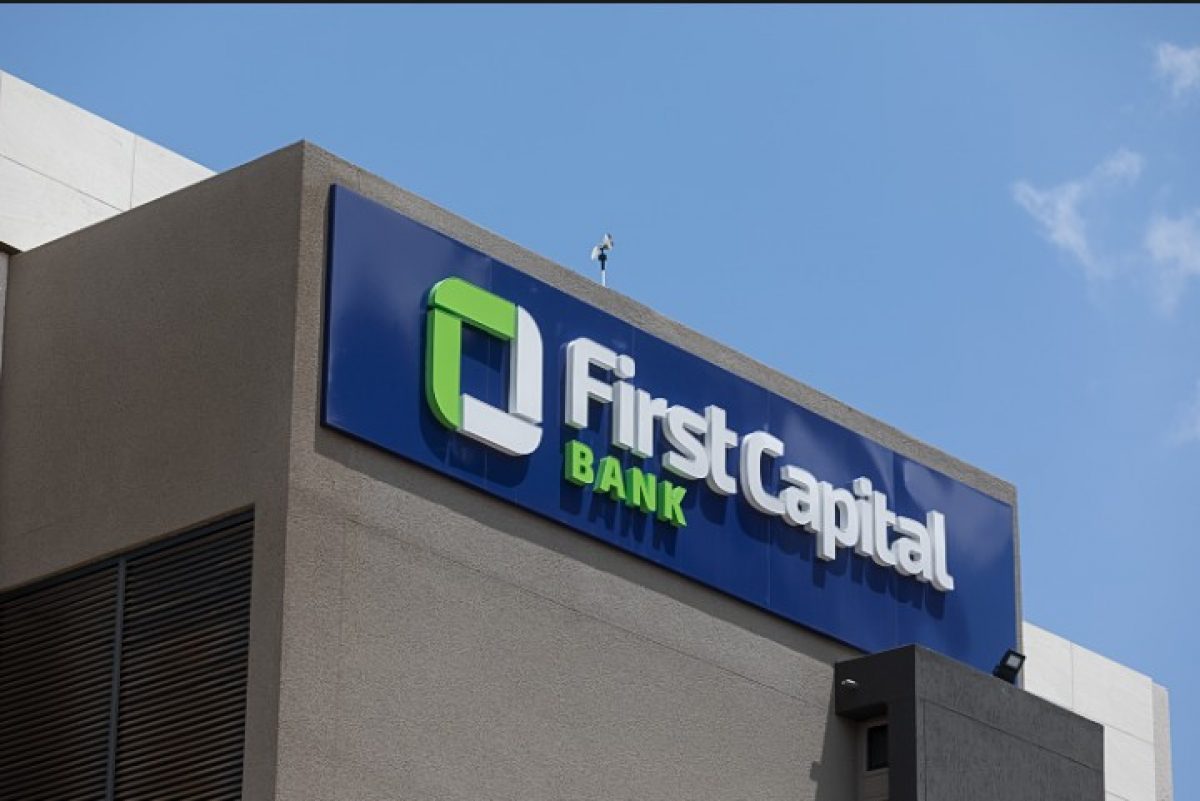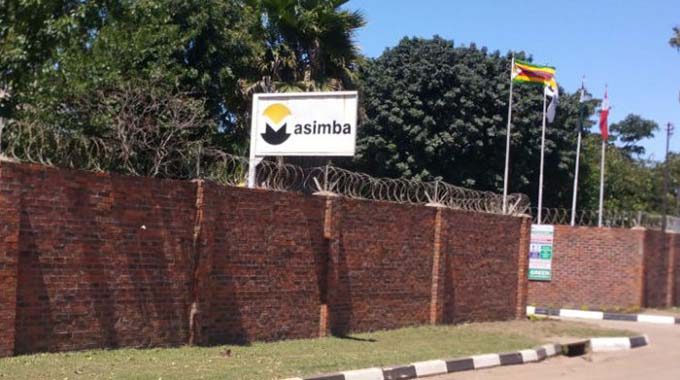Tharisa to invest US$250m in Zim
South African firm, Tharisa Capital, says it will invest US$250 million to complete phase 1 of the Karo project in Zimbabwe in the next 24 months after taking full control of the platinum mine.
The group has exercised its option and increased its stake in Karo Mining to 66,3 percent from 26,8 percent, funding this through the issuance of new shares valued at US$27 million.
Phoevos Pouroulis, the chief executive officer for Tharisa said the first phase is an openpit mine with a 20-year life-of-mine with a capacity to produce 150,000 ounces per year.
“The development of a strategically significant tier one, high-grade, high-return, lowcost PGM (Platinum Group Metal) resource is a natural evolution for Tharisa as it fulfils its strategy of becoming an integrated diversified developer of new metal assets,” he said in a statement on Friday.
The Zimbabwe Government has a 15 percent stake in the Karo project and it has an option to buy another 11 percent.
Based on Karo’s valuation of US$770,4 million, the Government would have to spend US$84,7 million if it chooses to take up the option.
Mr Pouroulis said Tharisa expects its platinum group metals (PGM) output to double on completion of Phase 1 of the Karo project in Zimbabwe.
With an initial 20 year life of mine (LOM) and mining lease valid for the LOM, the Karo platinum project has a post tax net present value of US$770,4 million at spot PGM prices.
It said based on initial probable reserves of 35,5 million tonnes at 2,31 grammes per tonne, with the ‘prill split’ metal ratios of 45 percent platinum, 42 percent palladium, 4 percent rhodium and 9 percent gold, with “material” base metal credits.
Tharisa’s mining lease area for the Karo project covers an area of 23,903 hectares and is located within the Great Dyke in the Mashonaland West District, approximately 80 km southwest of Harare.
Mr Pouroulis said the long-life Karo Project, when added to the more than 60-year life of mine of the Tharisa PGM and chrome operations in South Africa, sets the foundation for Tharisa’s growth, particularly in the downstream value-enhancing beneficiation sector.”
“As always, we will follow the highest ESG (Environmental, Social, Governance) standards as we produce the metals needed to support the rapid growth of the hydrogen economy that help reduce global dependency on fossil fuels and continue to play a vital role in reducing carbon and nitrogen oxides emissions.
“With the challenges and uncertainty to the supply chain of these vital precious metals, a new short dated source of primarily platinum and palladium metals is a significant risk mitigant for global users and provides security and certainty of supply,” he said.
The project is also situated within a designated Special Economic Zone (SEZ), located in the southern portion of the middle chamber of the Great Dyke and is supported by good infrastructure, including road and power access in the project area.
The country currently has three active platinum producers namely Zimplats, Unki and Mimosa while Bravura, which has operations near Zimplats is set to become the 5th platinum mine in Zimbabwe.
Zimbabwe is envisioning a US$12 billion mining industry by 2023. PGMs are expected to contribute US$3 billion with production expected to jump from about 979 thousand ounces in 2018 to about 2, 5 billion ounces annually next year.
Gold and diamonds are expected to contribute US$4 billion and US$1 billion, respectively, while chrome, iron ore and carbon steel are seen contributing US$$1 billion.
Coal and hydrocarbons are projected to rake in a similar value. Lithium exports are seen at US$500 million while other minerals are expected to generate US$1,5 billion.-The Herald










